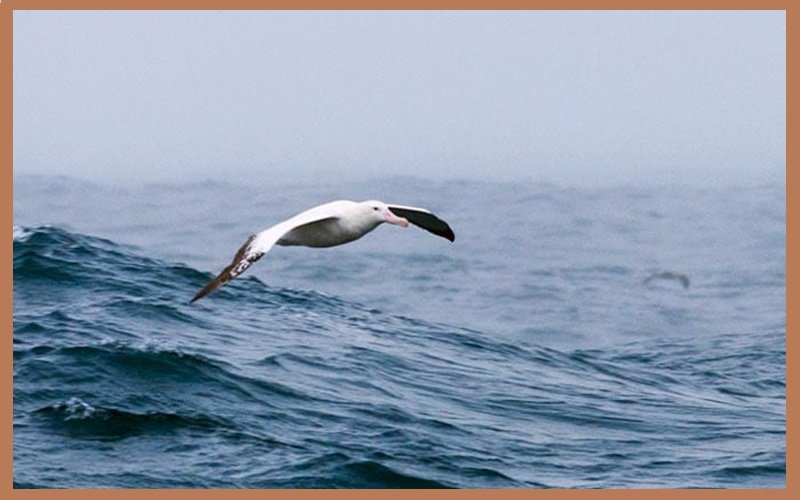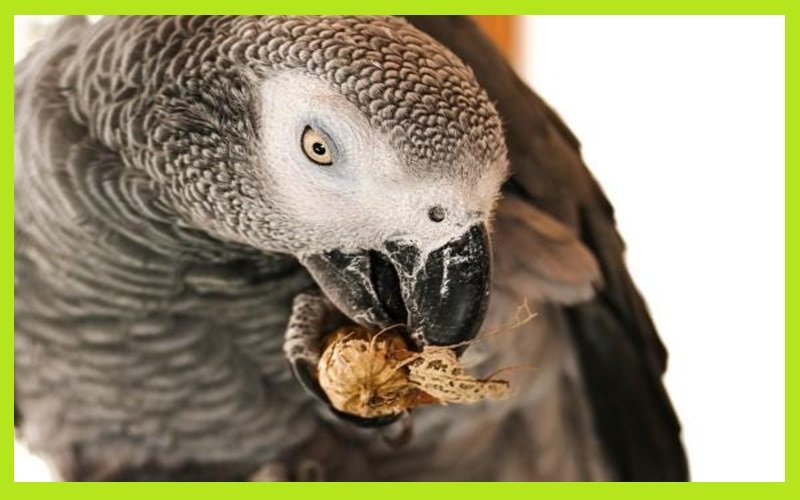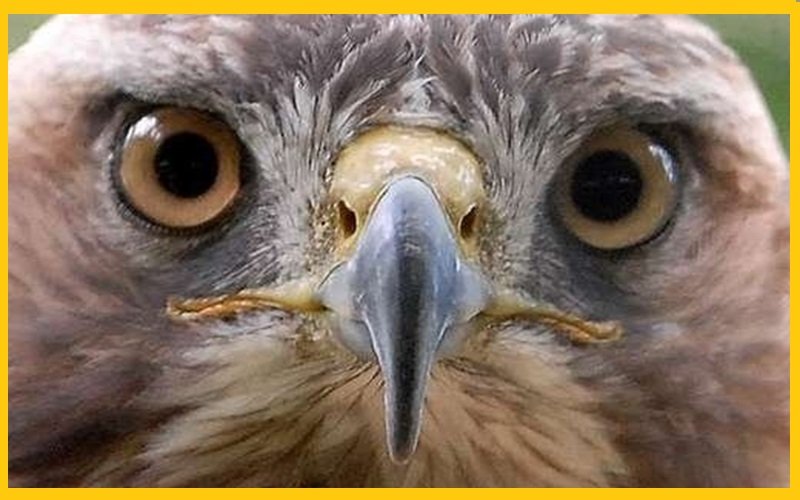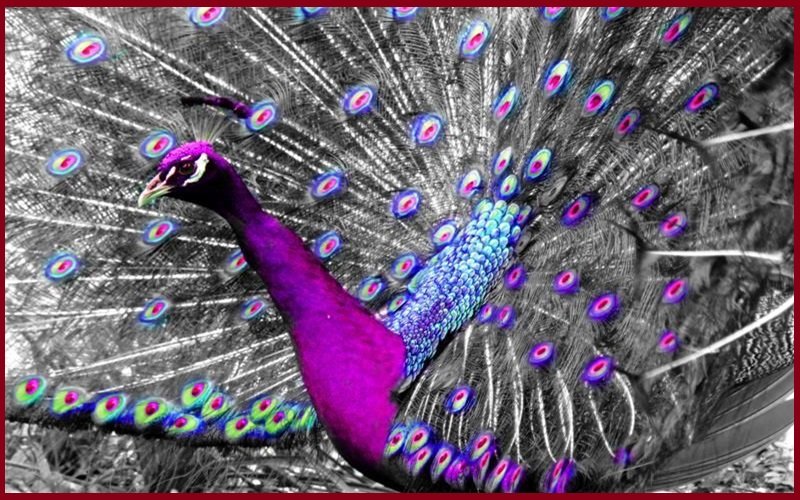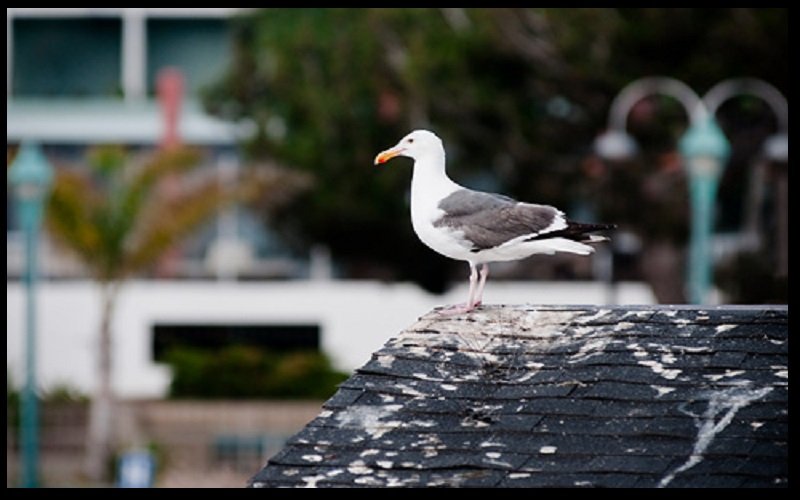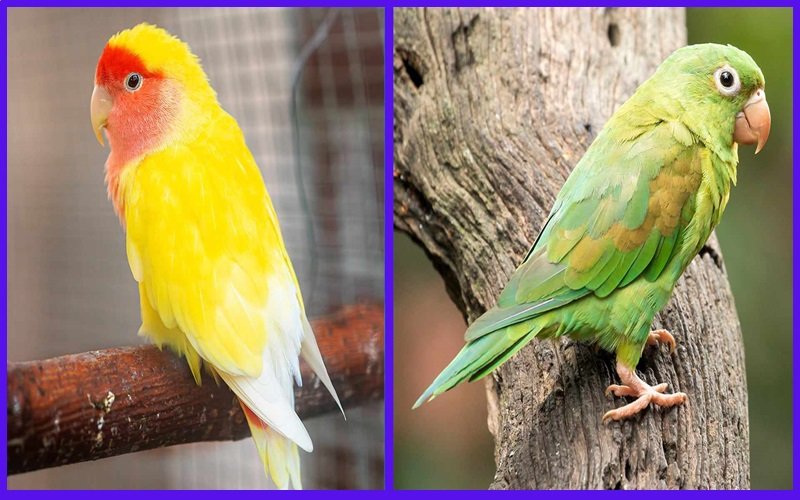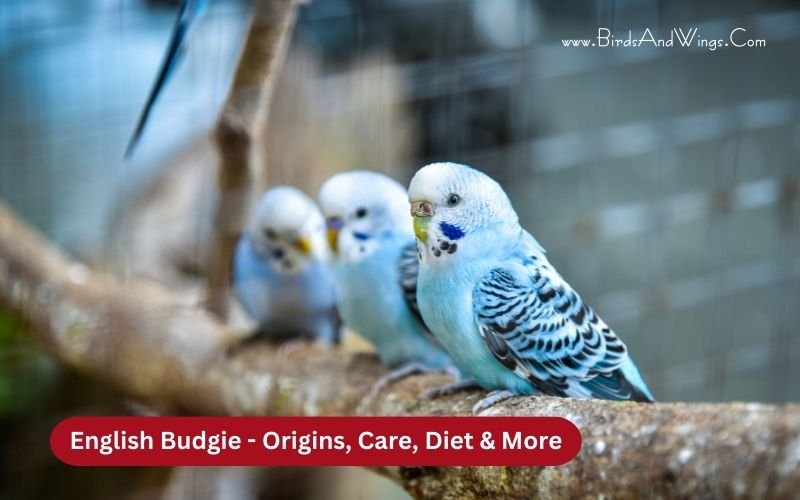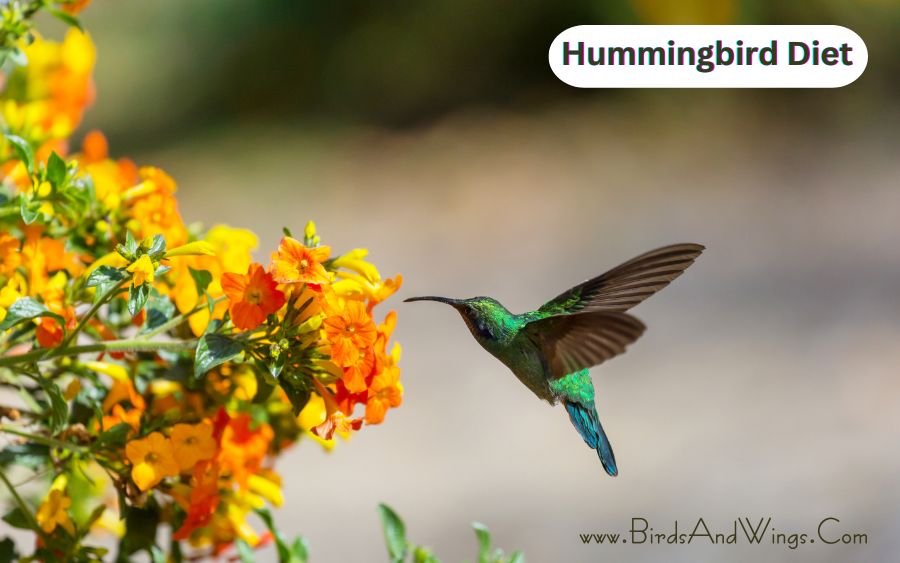The answer is yes! Birds can fly with their wet wings during monsoon days, and most birds can fly with their wet wings.
However, it depends on the species’ varieties, and might be inconvenient for them to fly in wet wings. Although they face challenges while flying with wet wings, they have certain adaptations that assist them to face all these weak spots effectively and thrive through nature.
In this article, I will provide you with an overview of birds flying with wet wings, how their wings work, the role of their wings, and the effects of their wet wings.
I will also discuss their adaptable behavior in wet weather or monsoon days, which helps them deal effectively with this drawback and makes them flourish in the wild.
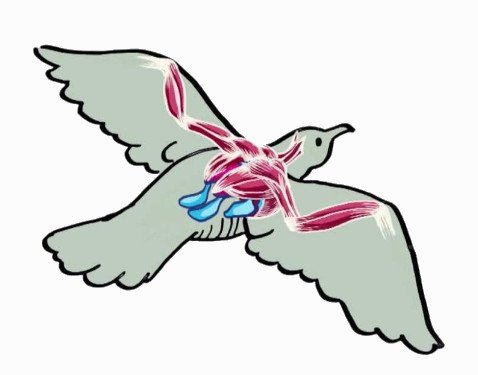
How Birds’ Wings Work
To understand their behavior, you must first acknowledge yourself with the idea of their wingspans and how they articulate.
Therefore, you need to understand birds’ anatomy and the features of their wings. Birds have certain body features, such as Structural Vans, barbs and barbules, and pigmented features.
All these are related to bird anatomy. In that vane, their feathers are the main reason that helps them with flying. Birds’ feathers vane are articulated with a parallel position to each other.
Also, the barbs of the vanes interlock with each other and form a smooth, flat surface. Additionally, bird’s each vane is associated with thousands of tiny branches of barbs.
These thousands of tiny barbs also have their little branches called barbules. All these barbs and barbules are associated with each other and connect everything similar to tree branches. Besides, their wings have pigmented features.
These pigments produce different types of melanin and carotenoids, which is why every bird’s feathers have completely different coloration.
Because of the melanin, birds’ features are brown, black, and gray. On the contrary, carotenoids help birds’ feathers to have yellow, orange, and red coloration.
Another unique physical characteristic of birds is the molting process. In this process, birds shed their old feathers and grow completely new features on their bodies in a couple of days. This molting behavior sheds their whole body’s feathers into new feathers.
Lately, another characteristic of birds’ anatomy is the preening process. This process or technique allows birds to keep their feathers in a good position.
Birds use these preening behaviors to deduct unhealthy and unstructured feathers while ensuring that both barbs and barbules are interlocked properly.
They also use their beaks to remove dust or dirt from their wings. Similarly, if they find parasites in their feathers, they remove them to maintain their condition. They also remove wet feathers using this preening technique.
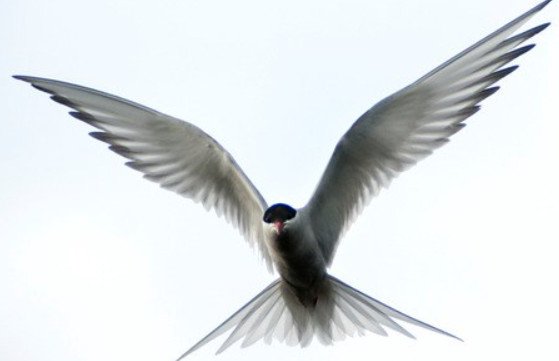
The Role of Wings in Birds Flight
Being an avian species, flying is the most prominent feature that distinguishes these avian species from other species on Earth.
Birds’ flying ability is highly dependent on their wings. These wings help them to fly or glide effortlessly in the sky. Birds’ wings are primarily connected with their body, mainly attached through their bones.
These wings’ attachments vary from species to species, allowing them to fly differently. Some species have amazing diving, gliding, and hovering skills.
Additionally, few species, such as hummingbirds, can fly backward. Their wings allow them to fly backward.
It all depends on their flight muscles and their wing anatomy. Besides, their strong chest muscles assist them in lifting their wings up and down rapidly.
Also, the structure of their wings is thoroughly lightweight, which makes it easy and convenient to lift their bodies and fly with them.
What Happens When Bird Wings Get Wet
We have discussed birds ‘ wing characteristics and how they help them fly. Now, let’s see what happens if their wings get wet and the effect of wet wings. Water can greatly impact the structure of a bird’s wings.
Unstructured Wings
The water level of a bird’s body and wings also affects its successful or adverse flight performance.
If their bodies or wings are fully wet, birds need more energy to pull them or lift them while maintaining the flightless position.
Moreover, it affects birds’ flying portability or movability, causing some bird species to have unstructured feathers.
Water also interlocks barbs and barbules together where birds lose their smooth surface. This causes them to demolish the structure of their feathers.
Unstable Flight
Wet feathers of birds also affect their successful aerodynamic proficiency. Some bird species have unique feathers structured and comparatively strong wings.
These wings allow them to fly effortlessly even during heavy rainy seasons, monsoons, or bad weather conditions. Researchers have found that bald eagles have unique and stronger wings than other avian species.
Their wings can effortlessly adapt to any environmental situation. So, they have a specially designed hole feature on their wings. This hole helps to clear or drain out all excessive water from their wings to maintain their body weight and body temperature.
On the other hand, small birds like passerine birds, jays, and songbirds have less ability to fly with wet wings. Flying with wet wings gets more challenging for them.
The impact of wet wings on birds’ flying ability or performance varies from species to species. However, wet feathers have affected maximum bird flight performance.
Because wet wings or feathers contain more weight than birds’ normal body weight, birds need to pull more strength to fly. Sometimes, they might lose balance.
This can also lead them to sudden accidents or injuries while flying. Sometimes, long migratory birds make a long journey with wet feathers. Their journey becomes stressful for them to continue because of their wet wings.
Ultimately, their flights get slow and unsteady, and predators might catch them easily.
Sufferer of Hypothermia
Birds usually shake their body to remove the excess water from their body or they do preening techniques to remove water resistance feathers from their body.
However, they might suffer from hypothermia if they cannot remove water from their feathers. In this case, birds can face death if their body temperature gets too low.
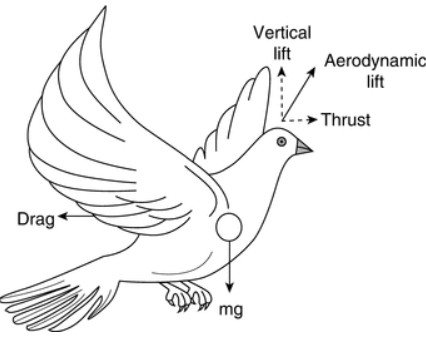
Adaptations for Flying in Wet Conditions
Although birds face some challenges while flying with wet wings, they have the ability to adapt to the wild environment.
Hydrophobic Coatings/ Waterproof Feathers
Birds are engraved with various adaptation qualities to florist themselves in the wild. Researchers reported that birds have feathers with hydrophobic coatings.
This means their feathers are mostly waterproof because they have hydrophobic substances on them. These feathers allow water to repel itself and maintain dryness. This coating substance is one of the crucial survival elements that birds have on their bodies to deal with the environment.
This also helps them to sustain throughout nature and from its negative impact as well. However, birds’ anti-wetting substances of feathers are achieved by micrometer-sized barbs, which create a distance waterproof gap on the top of their wings, called water-impregnated barriers.
This barrier ultimately helps them keep their bodies warm even when they are diving in cold water. Besides, these features also nourish their flight ability, allowing them to fly smoothly, effectively, and easily out of water.
Produce Natural Oil
Furthermore, their bodies also produce natural oil, which helps them reduce the water level in their bodies and wings.
Some birds have thicker wings, and some have smoother wings. All these wings produce a natural oil that resists the water surface from their feathers.
Foraging Techniques
Another way birds adapt to wet weather is by changing their foraging techniques. Records have claimed that most birds avoid heavy rainy days when they go out to forage or perch.
They remain in their nests or trees until the rain stops. Then, they switch their diet from insects to aquatic plants, invertebrates, and small fish.
It’s easier and more convenient for them to find the seasons that sustain their survival in the wild more prominently.
Conclusion
Summing up all the points, birds can fly with wet wings, although this varies from individual species to species. However, they face some challenges when flying with wet feathers, such as excessive weight, unstable altitude, and unstructured feathers.
Nonetheless, their adaptation quality, such as hydrophobic coating wings, natural oil production, and foraging techniques, save them from this challenge. And so, they can thrive in the wild.

